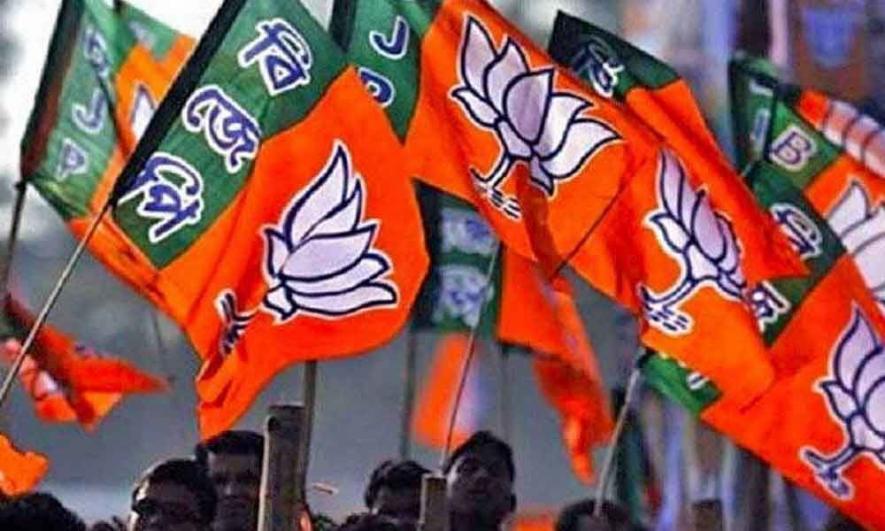‘Development, Modi factor, social combination and booth management led to the BJP’s success in Uttar Pradesh’.
New Delhi: The success of the Bharatiya Janata Party (BJP) in the recently concluded Uttar Pradesh Assembly elections for the second consecutive time had shocked many political analysts and social scientists across the country, as the prize catch of the Indian political landscape had not repeated any government since 1985. The Sunday Guardian tried to trace the factors that led to the success of the saffron party by talking to the party insiders, Sangh Parivaar office bearers and analysts about how the party won the Assembly polls by a two-thirds majority in the politically crucial state of the country which sends 80 members to the Lok Sabha.
“Look, the ticket distribution of the BJP was spot-on. In Purvanchal, they successfully overcame the Akhilesh Yadav’s Mandal formula through their own Mandir plus Mandal formula. Out of the total seats, the BJP gave 71 tickets to Brahmins and 68 tickets to Rajputs, of which 46 Brahmins and 43 Rajputs emerged victorious. Many critics of the BJP forget that the Kurmis who constitute 4.7% of Uttar Pradesh population as per the 1931 caste census, have in large numbers supported the BJP since 2014, and the BJP had given them high representation. Even in this Assembly elections, 41 MLAs belonging to the Kurmi community got elected, out of which 27 are from the BJP which is a high number. Undoubtedly, the Modi-factor is like cherry on the cake, but the fact remains that no political party›s organization
Analysts also argue that apart from the appeal of the Prime Minister which is unmatched today, the saffron party followed a development plus social alliance formula which the opposition mainly the Samajwadi Party (SP) was not able to do as Akhilesh Yadav was just focusing on the Mandal factor.
BJP and RSS leaders also indicated that the success of the party lies in the booth management. Talking to The Sunday Guardian, a senior functionary of Rashtriya Swayamsevak Sangh who was stationed in Meerut during the polls, said, “The top leaders gave speeches and helped to generate a positive atmosphere. But it is up to the workers to translate it into votes on the ground. If you look at the results, the BJP did fairly well in western UP which was considered tough for the party; the good results there were because of ideologically motivated workers.” On the issue of a well-designed social alliance, the RSS functionary added, “The newly elected 403-member Uttar Pradesh legislative Assembly had seen Member of Legislative Assembly (MLAs) from diverse backgrounds entering the House from the BJP. Among all the parties, the BJP had given representation to many caste groups who were under-represented.”
Experts also believe that the issue of law and order and the controversial record of the main challenger, the Samajwadi Party (SP), in protecting the mafia also figured in the poll outcome.

